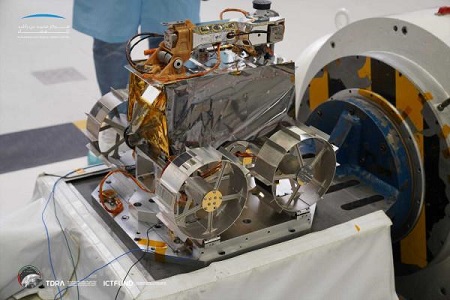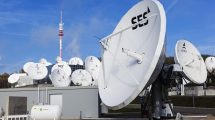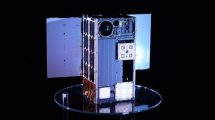 The Emirates Lunar Mission (ELM) of the Mohammed Bin Rashid Space Centre (MBRSC) is set to launch on November 28.
The Emirates Lunar Mission (ELM) of the Mohammed Bin Rashid Space Centre (MBRSC) is set to launch on November 28.
The announcement follows the confirmation of Rashid Rover’s landing site, which will be Atlas crater, located at 47.5°N, 44.4°E, on the southeastern outer edge of Mare Frigoris (Sea of Cold), chosen to maintain flexibility during operations. Mare Frigoris lies in the far lunar north.
The primary landing site was chosen along with multiple contingencies, which may be used depending on variables that occur during transit. The site meets the technical specifications of the lander technology demonstration mission and the scientific exploration objectives for the ELM mission. The Rashid Rover, once landed, will explore the characteristics of lunar soil, the petrography and geology of the Moon, dust movement, surface plasma conditions, and the Moon’s photoelectron sheath.
The novel discovery within the unexplored lunar site is one of the many reasons why the Emirates Lunar Mission is one of the most anticipated moon missions.
In collaboration with the partners – SpaceX and ispace, MBRSC stated that the integrated launch vehicle is within the premises of Cape Canaveral Space Force Station, Florida, US, and will be moved to the launch pad closer to the launch date.
According to ispace, the integrated spacecraft will take a low-energy route to the moon rather than a direct approach, which means the landing will take about five months after launch, in March 2023.
The four-wheel rover, which was built by a small team of Emiratis at the Mohammed bin Rashid Space Centre in Dubai, will spend a lunar day – the equivalent to 14 Earth days – on the Moon’s surface to study its geology and lunar dust.












Add Comment